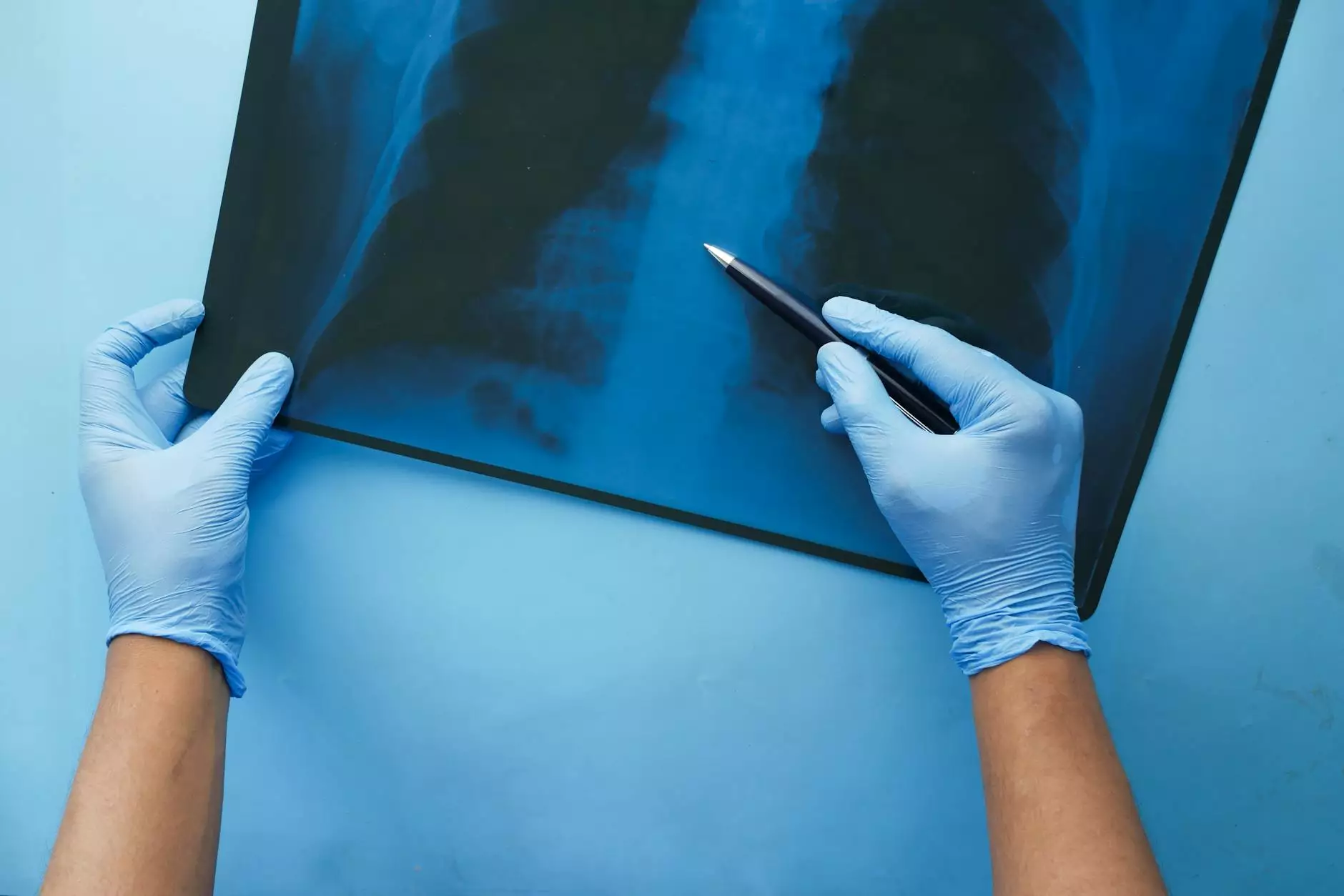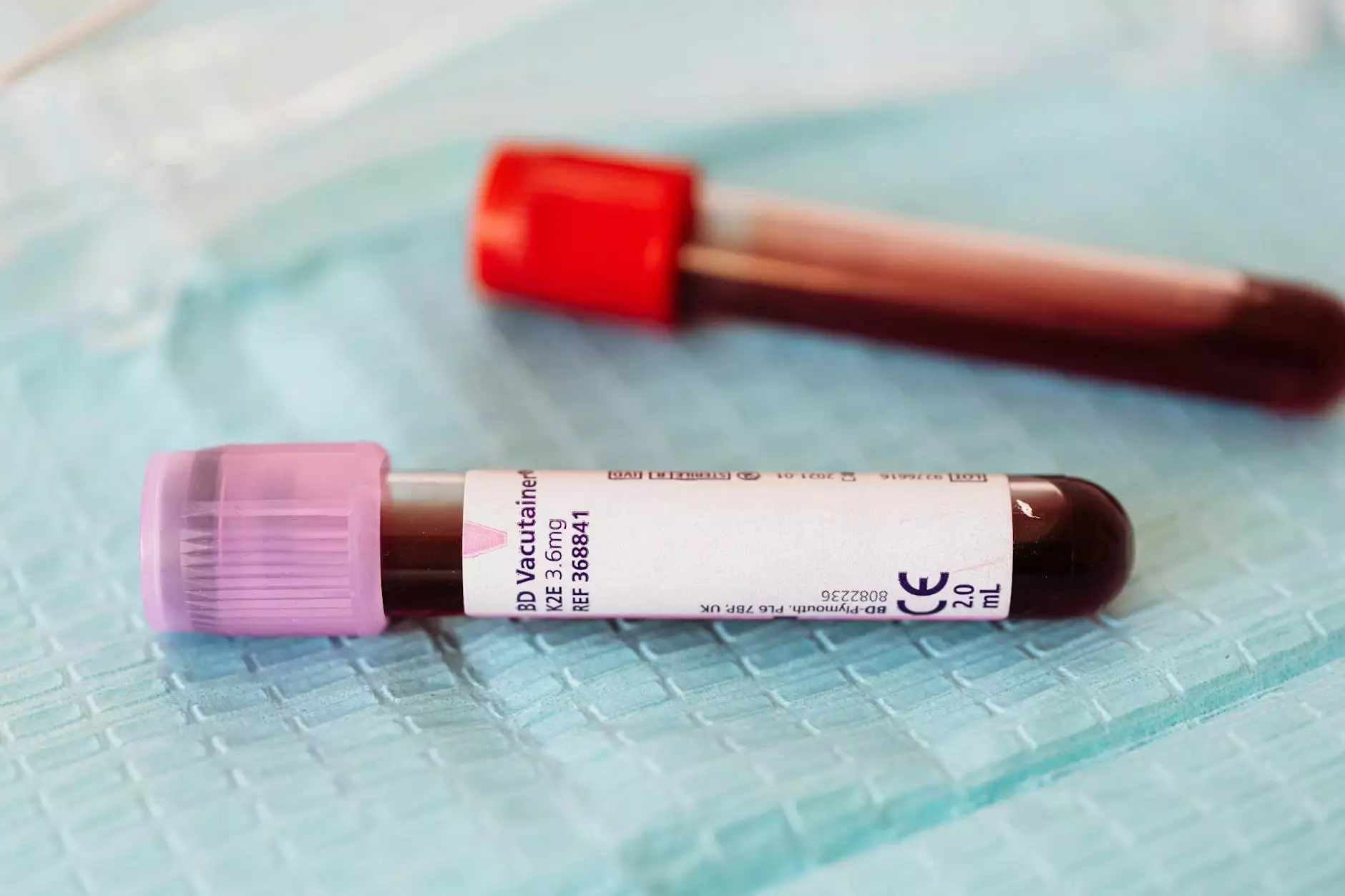Is my ankle broken?
Services
Signs and symptoms of a broken ankle
If you've recently injured your ankle and are wondering whether it might be broken, it's essential to understand the signs and symptoms associated with this type of injury.
Common signs of a broken ankle include:
- Severe pain
- Swelling and bruising
- Inability to bear weight on the affected ankle
- Deformities or misalignment
- Tenderness to touch
If you are experiencing any of these symptoms, it's crucial to seek immediate medical attention.
Diagnosing a broken ankle
Diagnosing a broken ankle requires a thorough examination by a qualified medical professional like Dr. Benjamin Shettell. As an expert in orthopedic care, Dr. Shettell has extensive experience in diagnosing and treating ankle injuries.
During your appointment, Dr. Shettell may perform the following evaluations:
- Physical examination: Dr. Shettell will assess your ankle for swelling, tenderness, and deformities.
- X-rays: These imaging tests can provide detailed images of your ankle, allowing Dr. Shettell to identify any fractures or other abnormalities.
- Additional tests: In certain cases, Dr. Shettell may recommend additional imaging tests, such as an MRI or CT scan, to obtain more detailed information about your ankle injury.
Treatment options for a broken ankle
Once a broken ankle is diagnosed, Dr. Shettell will discuss the most appropriate treatment plan based on the severity of your injury. Treatment options for a broken ankle may include:
- Immobilization: In some cases, a cast, boot, or brace may be applied to immobilize the ankle and facilitate healing.
- Medication: Dr. Shettell may prescribe pain medications or anti-inflammatory drugs to alleviate discomfort and reduce swelling.
- Physical therapy: Rehabilitation exercises and physical therapy can help restore strength, flexibility, and range of motion in the ankle joint.
- Surgery: In more severe cases, surgery may be required to realign and stabilize the broken bones in the ankle.
Recovery and prevention
Recovery from a broken ankle can vary depending on the extent of the injury. Following Dr. Shettell's guidelines, which may include rest, elevation, and ice, as well as recommended physical therapy exercises, will aid in the healing process.
To prevent future ankle injuries, it's important to:
- Wear appropriate footwear that offers support and stability
- Avoid high-impact activities without proper conditioning
- Maintain a healthy weight to minimize stress on the ankle joint
- Warm up before engaging in sports or physical activities
- Be cautious when walking on uneven surfaces
Contact Benjamin Shettell, MD for expert ankle care
If you suspect you have a broken ankle, don't hesitate to seek professional medical assistance. Dr. Benjamin Shettell is a highly skilled orthopedic specialist with a focus on providing exceptional care to patients in Redding, CA.
Contact Dr. Shettell's office today to schedule an appointment and receive the expert diagnosis and treatment you need to get back on your feet.










